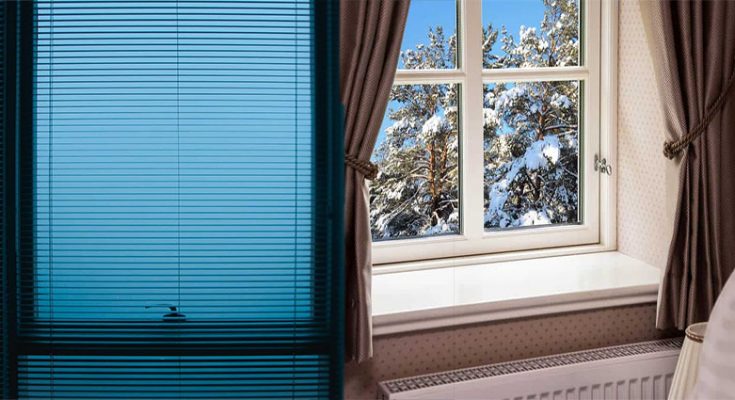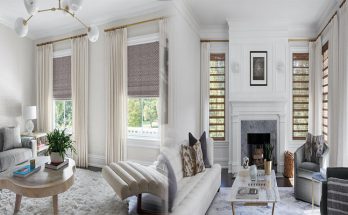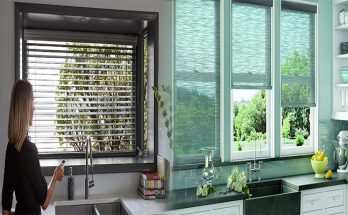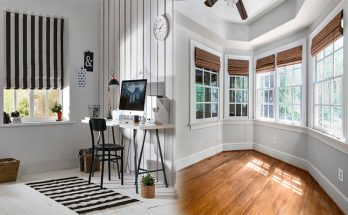There are several types of window treatments that are suitable for a variety of rooms. These include Drapes, Shutters, Roller shades, and Roman shades. Let’s explore the advantages and disadvantages of each type in greater detail. In addition to being visually pleasing, window treatments can also help filter or block sunlight. Here are a few things to keep in mind when choosing window treatments. Ultimately, you should choose the type that fits the room best.
Roman shades
If you are considering installing Roman shades for your windows, there are several things you should know. Before you buy a window treatment, make sure to measure the width of the window frame. There are two types of mounts: inside mount and outside mounted. The inside mount option is preferred because it is less noticeable. The outside mount option is more functional, but it may not work for narrow window frames. Either way, you should be sure to check the measurements carefully and choose the most visually appealing one.
The most important decision when planning to order custom Roman shades is the face fabric. This is what will set the overall look of the finished product. It also affects how the shades operate and stack. Ideally, the fabric should be pliable and not too stiff. Try folding the fabric a few times to see how well it will lay flat and be easy to operate. If it doesn’t lie flat, it’s probably not the right choice.
Roller shades
If you’re looking for a window treatment that will blend seamlessly with your decor, consider roller shades. With their minimalist look, roller shades can be used in a wide variety of interior designs, whether you’re trying to minimize light in your room or keep it completely dark. These shades roll over a dowel in the window casing to open and close, and you can choose from a variety of solid colors, patterns, and textures.
Roller shades are typically made of a rectangular swath of material attached to a wood dowel or metal tube that’s mounted between two brackets. The fabric is rolled up and down by a spring mechanism or chain pulley system. Because the fabric is flexible, it can be rolled up or down, but hanging cords can pose a safety risk for young children. Read the New York Times article on the dangers of hanging cords for more information.
Drapes
There are many types of drapes for window treatments available. Most are floor-length, and they can be bought ready-made in lengths ranging from 63 to 144 inches. To choose the right length for your room, measure from floor to curtain rod and round up. If you’re not sure how to measure for a specific length, take measurements and have the drapes hemmed. The fabric should be close to the floor so it will hang down over the rod. A short curtain, on the other hand, will look nerdy or off-putting.
If privacy is your top priority, cellular shades can be paired with drapes for maximum privacy.
Duette(r) honeycomb shades offer an abundance of colors and pleat sizes. Light-colored shades complement dark drapes and colorful patterns on dark-colored drapes. Shades come in various colors and can be fitted to a window frame. If you want natural light to filter through your window, you can choose top-down/bottom-up styles.
Shutters
There are many benefits to choosing shutters as a window treatment. They help control the amount of light that comes into the room and reduce air conditioning costs in the summer. They are also great for adding value to your home. Whether you choose wood or a modern alternative, shutters can add a unique touch to your home. Here are some of the main benefits to shutters. These window treatments are also very versatile, allowing you to use them to cover different window shapes.
Unlike shades, shutters are permanent window treatments that can be installed both inside and outside of the room. You can choose from a wide variety of styles, colors, and designs. Shutters are also a great option for noise absorption and light control. Shutters are typically made from wood or vinyl and come in four basic types. Most have a tilt feature for easy operation, while others have an invisible lining for better insulation.





